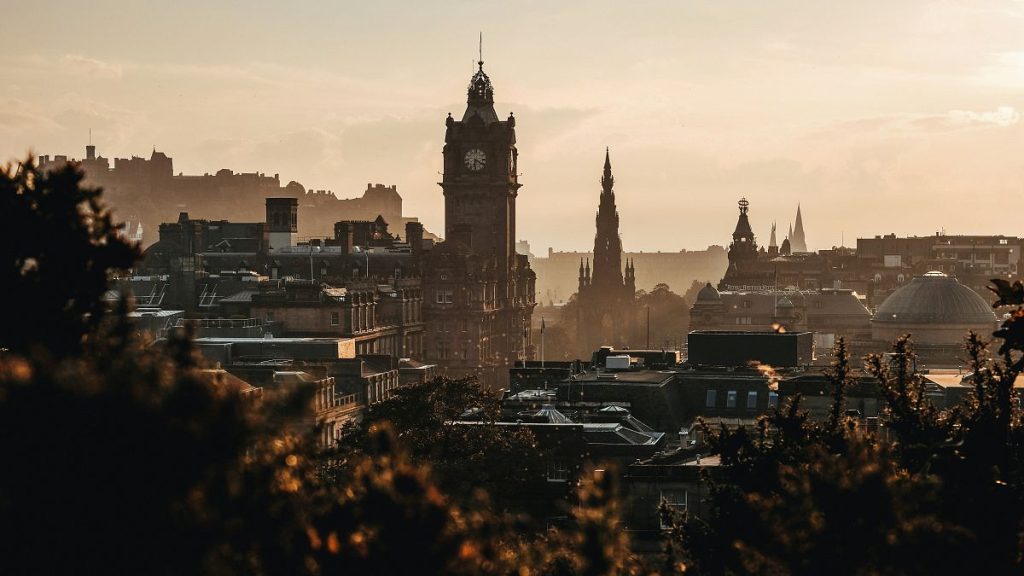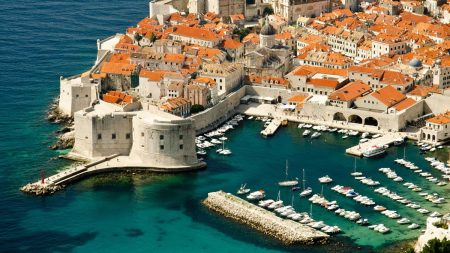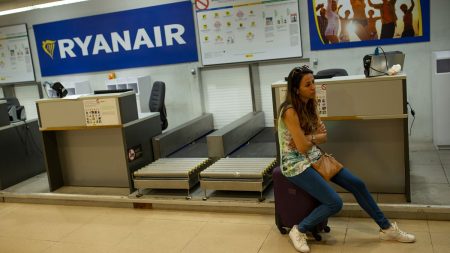Edinburgh is poised to become the first Scottish city to implement a tourist tax, officially known as the Transient Visitor Levy, following the Scottish government’s empowerment of local authorities to introduce such charges. Scheduled to commence in 2026, the levy will be set at 5% of accommodation costs, capped at seven consecutive nights, and is projected to generate up to £50 million (€59 million) annually. This revenue is earmarked for enhancing city infrastructure, supporting affordable housing initiatives, and bolstering destination management, cultural heritage, and events. Notably, 35% of the proceeds are specifically designated for the arts sector.
The introduction of the levy follows the Scottish Parliament’s approval of legislation granting local authorities the power to impose visitor charges. Edinburgh City Council has outlined a phased implementation plan, proposing a transition period to facilitate adjustment for businesses. This translates to tourists likely only being charged the tax for bookings made after May 1, 2025, for stays commencing after July 24, 2026. The city council anticipates the tax revenue will significantly contribute to improving the overall visitor experience and addressing local needs.
While the projected financial benefits are substantial, the introduction of the tourist tax has sparked debate within the tourism sector. Some operators express concern that the added cost might deter visitors, potentially impacting the city’s competitiveness as a tourist destination, particularly in the context of the ongoing UK cost-of-living crisis which is already impacting domestic tourism. These concerns primarily revolve around the total price point for visitors and potential negative repercussions on future bookings.
However, proponents of the tax argue that the modest additional cost is unlikely to dissuade tourists, particularly those already spending substantial sums on accommodation. They emphasize that the revenue generated will be reinvested into the city, ultimately benefiting both residents and visitors by improving the quality of services and infrastructure. This reinvestment is seen as crucial for sustaining the city’s appeal and addressing the challenges posed by increasing tourist numbers.
The implementation of the tourist tax in Edinburgh mirrors similar initiatives in other major European tourist destinations such as Amsterdam and Berlin, which have already implemented levies of 12.5% and varying rates respectively. These cities utilize the revenue generated from tourist taxes to fund various projects aimed at improving the visitor experience and mitigating the impact of tourism on local communities. Edinburgh’s adoption of this model reflects a broader trend towards leveraging tourism revenue for the benefit of both visitors and residents.
Following Edinburgh’s lead, the Highland Council is also exploring the possibility of introducing a tourist tax within its jurisdiction. This region, known for its stunning landscapes of mountains and glens, attracts over six million tourists annually, including day-trippers and cruise passengers. Similar to Edinburgh’s proposed model, the Highland Council is considering a percentage-based levy on accommodation costs per night. Previous estimations in 2019 suggested that such a tax could generate up to £10 million (€12 million) annually, which could be used to enhance local infrastructure and support the tourism sector in the region. The growing interest in implementing tourist taxes across Scotland highlights the increasing recognition of their potential to generate significant revenue for local communities and address the challenges associated with tourism growth.














